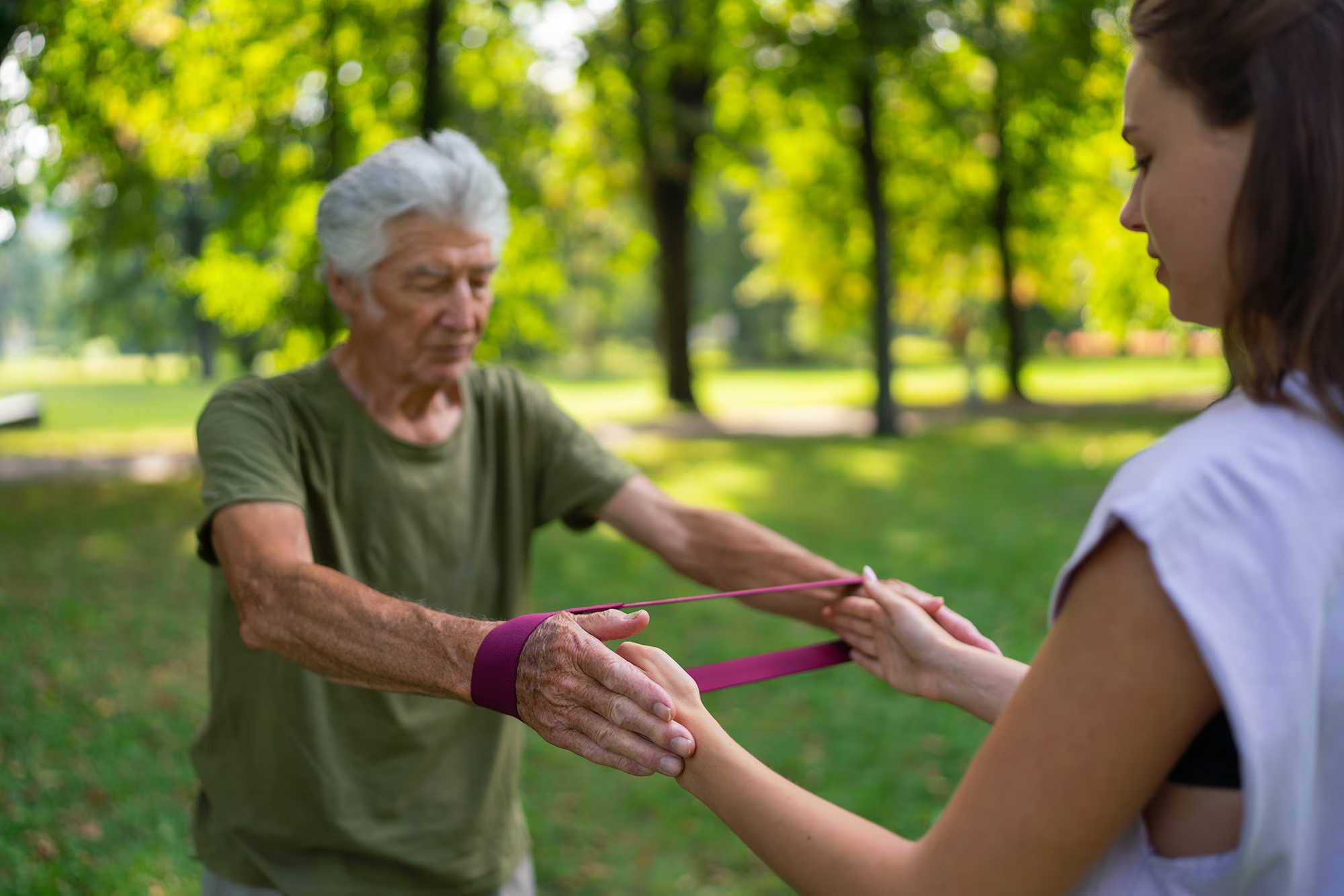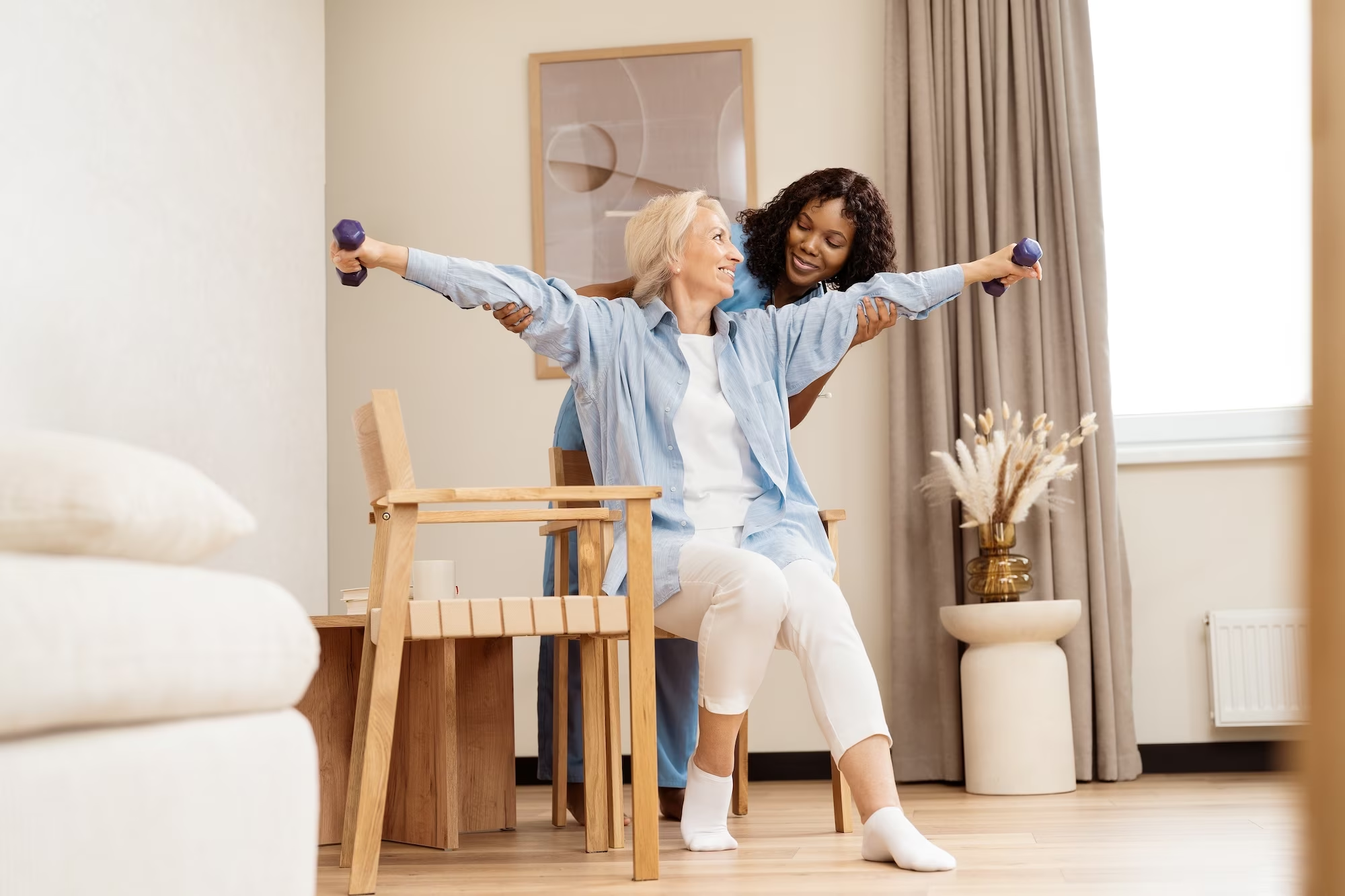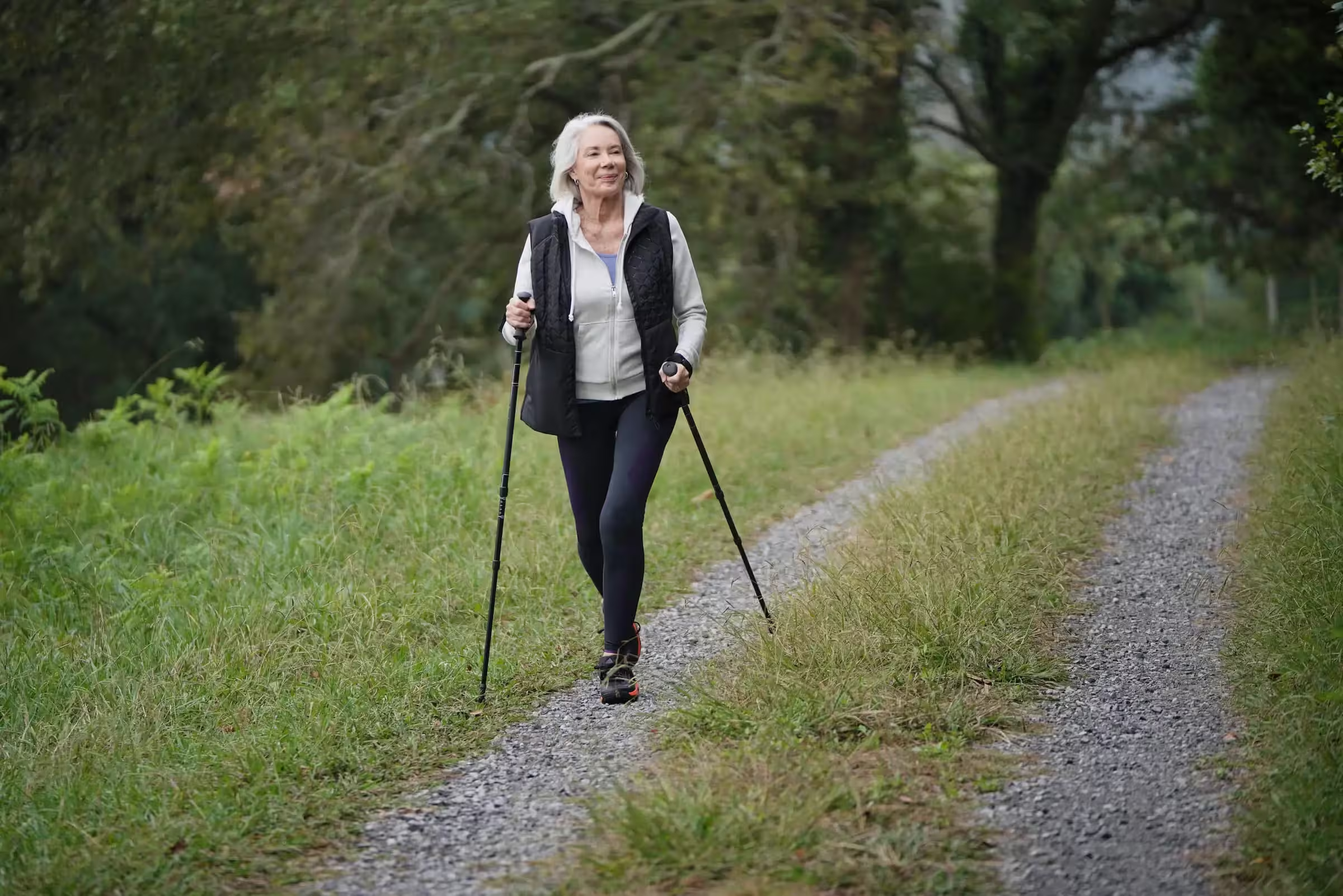Understanding Cognitive Decline and Brain Fitness
Cognitive decline is one of the most common concerns of aging. Memory lapses, slower thinking, and difficulty multitasking often feel like an inevitable part of life.
Science shows we are not powerless against these changes by implementing some proven lifestyle interventions. Rather than waiting for decline to happen, we can train our brains to stay sharp.
One of the most promising tools for protecting against cognitive decline is dualtasking cognitive training, a method that combines mental and physical exercises to strengthen both mind and body.
What Is Dual Task Cognitive Training?
Dual tasking reflects how we live in the real world. Rarely do we perform tasks in isolation. Walking while planning your day, balancing while recalling a shopping list, or holding a conversation while navigating a busy street are all examples of dual tasking.
Unfortunately,research shows that the ability to perform such tasks decreases with age and in conditions like mild cognitive impairment, Parkinson’s disease, and multiple sclerosis. This decline affects executive function, processing speed, and attention.
When dual tasking skills diminish, everyday life becomes more challenging,increasing risks such as falls and social withdrawal.
Strengthening dual tasking ability is therefore a critical strategy for maintaining cognitive fitness and independence.
The Science Behind Dual Tasking and Cognitive Decline
Why Dual Tasking Works
Recent studies reveal that combining physical exercise with cognitive challenges produces greater benefits than exercise or mental training alone.
Dual tasking interventions improve gait, balance, stridelength, and walking speed, all while enhancing memory, attention, and decision-making.
How the Brain Responds
These effects are linked to neuroplasticity,particularly in the prefrontal cortex, which governs executive function and cognitive flexibility.
Training protocols often include activities like balance exercises paired with memory recall, walking while performing math problems, or reaction light drills that require both movement and quick thinking.
This variety keeps the brain engaged and ensures that exercises can be scaled to meet different ability levels.
Examples of Dual Tasking Exercises
A dual tasking session might include walking on a treadmill while solving subtraction problems, balancing on a foam pad while naming animals, or stepping through an agility ladder while recalling a list of words.
More advanced approaches use interactive exergames or reaction lightsystems to combine movement with decision-making. Beginners can start small, for example, reciting the days of the week while walking at a steady pace and gradually increase the challenge by adding more complex mental tasks or faster movement.
Importantly, dual tasking training does not require specialized or costly equipment. Even simple tools like colored cards, cones, or verbal prompts can create highly effective brain and body workouts.
How to Get Started With Cognitive Training
Frequency and Duration
Getting started with dual tasking cognitive training is both practical and achievable. Studies suggest one to three sessions per week, lasting 30 to 60 minutes, over a period of two to three months, can yield measurable benefits.
Progression and Safety
The key is progressive overload: gradually increasing difficulty by layering in more complex mental challenges, increasing physical intensity, or combining both.
Sessions should always be tailored to individual ability and performed safely. Tracking progress, such as improvements in memory recall, task accuracy, or walking speed, helps maintain motivation and highlight results.
Overcoming Barriers to Brain Fitness
Like any fitness program, dual task training has challenges. High-tech devices can be expensive, but many effective routines require only simple tools.
Motivation can also be a barrier, yet strategies like gamification, social participation, and variety help people stick with the training.
Another challenge is the widespread belief that cognitive decline is inevitable. Reframing the conversation is essential. Just as we train our muscles to stay strong, we can train our brains to stay sharp.
By adopting this mindset, dual tasking becomes an empowering practice rather than a chore.
Why Dual Tasking Matters for Healthy Aging
Cognitive decline does not have to be a passive slide into forgetfulness or reduced independence. Dual task cognitive training offers a proactive way to strengthen memory, improve attention, and enhance physical function at the same time.
These protocols demonstrate that brain health is not fixed, it is adaptable and trainable. Small steps, like walking while holding a conversation or practicing balance while recalling a shopping list, can build resilience and mental agility over time.
With consistency, these habits support a stronger brain, a healthier body, and a more vibrant aging process.
Dual Tasking Exercises To Try at Home
You don’t necessarily need sophisticated equipment to start training your brain and body together.
Many dual tasking exercises can be done in your living room, backyard, or even while walking outside.
Here are some simple options to get you started:
- Walk and Talk: Take a brisk walk while reciting the days of the week backwards or listing state capitals.
- Balance and Recall: Stand on one foot (use a chair for safety if needed) while recalling items from your grocery list.
- Step and Count: Step up and down on a low step or stair while counting backwards from 100 by sevens.
- Catch and Think: Toss a ball against a wall or with a partner while naming an animal, fruit, or city with each throw.
- Agility and Words: Create a simple stepping pattern with tape or cones and go through it while naming as many words as you can that start with a chosen letter.
- March and Memorize: March in place while trying to memorize a short poem, quote, or phone number.
- Dance and Solve: Put on music and dance freely while solving mental math problems out loud.
These exercises may seem simple, but when you combine movement with thinking, your brain has to adapt, process, and grow stronger.
As with any fitness routine, start with easier challenges and gradually build up to more complex combinations.
The Brain Gym at Ciela
Ciela's Brain Gym is built on these very principles and utilizes the latest cutting-edge equipment, including the Dividat Senso and the SMARTfit brain health system.
We utilize dual tasking cognitive training protocols to give residents a safe, engaging, and effective way to exercise both mind and body. By blending science-backed brain training with supportive community and wellness-focused design, our Brain Gym helps preserve cognitive function, improve quality of life, and inspire confidence in aging.
It is not just about preventing cognitive decline but also about building lasting cognitive fitness.


.svg)









